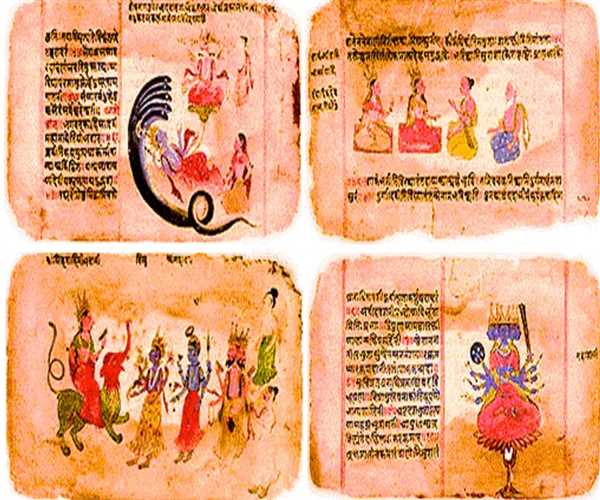Vedas are the most sacred and ancient texts of Hinduism. They are the foundation of Hindu thought and culture. The word 'veda' comes from the Sanskrit root 'vid,' meaning 'to know.' The Vedas are a collection of four texts: the Rig-Veda, the Sama-Veda, the Yajur-Veda, and the Atharva-Veda. Each Veda has a different focus. The Rig-Veda is a collection of hymns, the Sama-Veda is a collection of chants, the Yajur-Veda is a collection of sacrificial formulas, and the Atharva-Veda is a collection of spells and incantations.
In addition to the Vedas and the Upanishads, there are a number of other Hindu scriptures. The Bhagavad Gita, for example, is a sacred text that is part of the Mahabharata, an epic poem that also includes the Vedas. The Gita is a dialogue between the god Krishna and the warrior Arjuna, and is revered as one of the most important Hindu texts. The Ramayana, another epic poem, is also considered to be part of the Hindu scriptures. It tells the story of Rama, a prince who is exiled from his kingdom and must fight to rescue his wife Sita from the demon king Ravana.
The Vedas were passed down orally for centuries before they were written down. This oral tradition is known as the 'samhita.' The samhitas of the Vedas are the oldest and most sacred texts of Hinduism. They are the foundation of Hindu thought and culture.
The word 'samhita' comes from the Sanskrit root 'samh,' meaning 'to hear.' The Samhitas of the Vedas are the collections of hymns, chants, sacrificial formulas, and spells and incantations that were passed down orally for centuries before they were written down.

So, what are the differences between the Vedas and their Samhitas?
First and foremost, the Vedas are a collection of sacred texts, while the Samhitas are a collection of commentaries on the Vedas. The Vedas are the primary source of knowledge for Hindus, while the Samhitas provide interpretation and commentary. Additionally, the Vedas are meant to be recited by specially trained priests, while the Samhitas are meant to be read by the general public.